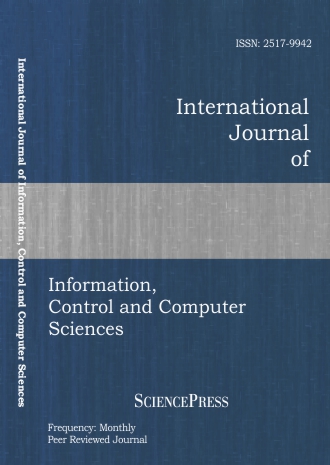
Scholarly
Volume:7, Issue: 2, 2013 Page No: 261 - 266
International Journal of Information, Control and Computer Sciences
ISSN: 2517-9942
1466 Downloads
Game-Tree Simplification by Pattern Matching and Its Acceleration Approach using an FPGA
In this paper, we propose a Connect6 solver which adopts a hybrid approach based on a tree-search algorithm and image processing techniques. The solver must deal with the complicated computation and provide high performance in order to make real-time decisions. The proposed approach enables the solver to be implemented on a single Spartan-6 XC6SLX45 FPGA produced by XILINX without using any external devices. The compact implementation is achieved through image processing techniques to optimize a tree-search algorithm of the Connect6 game. The tree search is widely used in computer games and the optimal search brings the best move in every turn of a computer game. Thus, many tree-search algorithms such as Minimax algorithm and artificial intelligence approaches have been widely proposed in this field. However, there is one fundamental problem in this area; the computation time increases rapidly in response to the growth of the game tree. It means the larger the game tree is, the bigger the circuit size is because of their highly parallel computation characteristics. Here, this paper aims to reduce the size of a Connect6 game tree using image processing techniques and its position symmetric property. The proposed solver is composed of four computational modules: a two-dimensional checkmate strategy checker, a template matching module, a skilful-line predictor, and a next-move selector. These modules work well together in selecting next moves from some candidates and the total amount of their circuits is small. The details of the hardware design for an FPGA implementation are described and the performance of this design is also shown in this paper.
References:
[1] Murray Campbell, A. Joseph Hoane Jr., and Feng hsiung Hsu. Deep Blue.